The urgency for all levels of government, the private sector and civil society to take immediate action to limit global warming and avoid the worst effects of climate change has been reinforced this year by the messages in the International Panel on Climate Change (IPCC) Special Report on Global Warming of 1.5°C. The vital role that non-Party stakeholders (cities, regions, businesses, civil society) can play in driving ambition and delivering action was recognized by the IPCC report and by the Paris Agreement.
The Katowice Climate Conference, COP24, kicked off on December 3 with young people sharing their messages for the negotiations: “For me it’s hope that brings me here, hope for a better future.”
Leaders at the One Planet Summit in New York City call on the world to step up climate action.
"We must globally warm our hearts and change the climate of our souls."
"We have to dream big to scale up climate action. Do not give up. Step up."
Featuring:




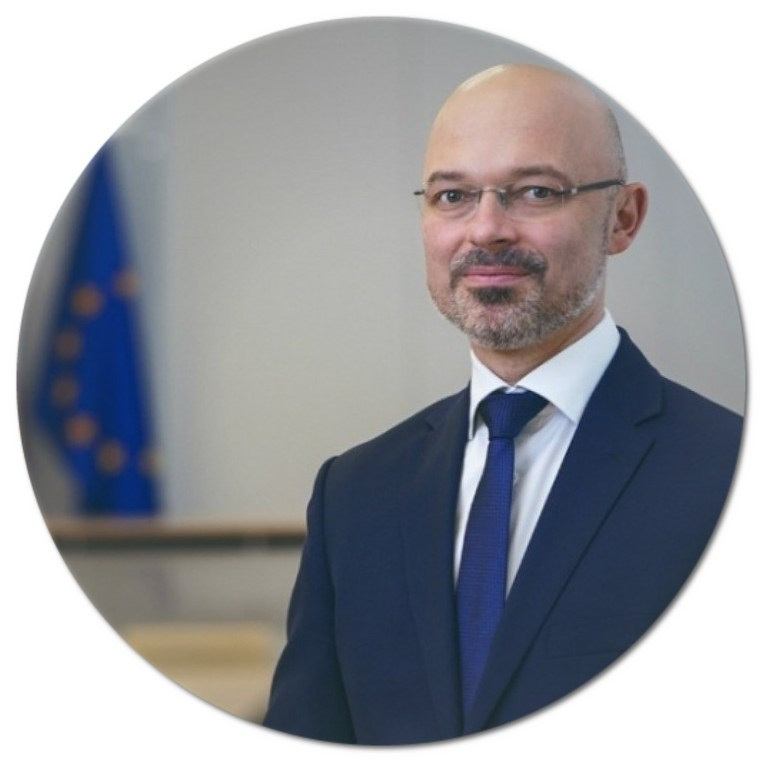
Talanoa Dialogue
COP highlights

Climate action before 2020

 The Pre-2020 Stocktake will assess climate actions to be taken before 2020
The Pre-2020 Stocktake will assess climate actions to be taken before 2020
 The High-level Ministerial Dialogue on Climate Finance will consider the state of global climate finance flows as captured by the third Biennial Assessment.
The High-level Ministerial Dialogue on Climate Finance will consider the state of global climate finance flows as captured by the third Biennial Assessment.
 The High-level Global Climate Action Event will offer a unique vision of how the world is affected by climate change and how different sectors are tackling the issue.
The High-level Global Climate Action Event will offer a unique vision of how the world is affected by climate change and how different sectors are tackling the issue.The Marrakech Partnership for Global Climate Action
About the UNFCCC
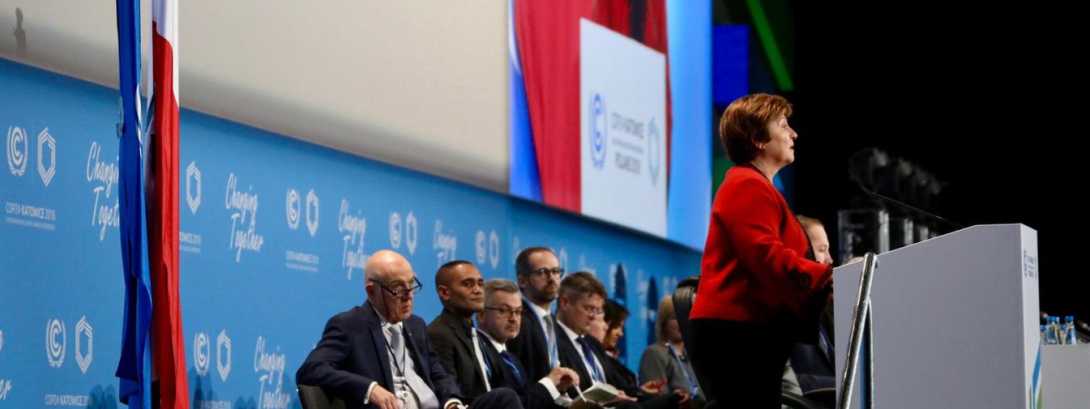
 “Climate change is an existential threat to the world’s poorest and most vulnerable. These new targets demonstrate how seriously we are taking this issue, investing and mobilizing $200 billion over five years to combat climate change. We are pushing ourselves to do more and to go faster on climate and we call on the global community to do the same. This is about putting countries and communities in charge of building a safer, more climate-resilient future.”
“Climate change is an existential threat to the world’s poorest and most vulnerable. These new targets demonstrate how seriously we are taking this issue, investing and mobilizing $200 billion over five years to combat climate change. We are pushing ourselves to do more and to go faster on climate and we call on the global community to do the same. This is about putting countries and communities in charge of building a safer, more climate-resilient future.”


 “There are literally trillions of dollars of opportunities for the private sector to invest in projects that will help save the planet. Our job is to go out and proactively find those opportunities, use our de-risking tools, and crowd in private sector investment. We will do much more in helping finance renewable energy, green buildings, climate-smart agribusiness, urban transportation, water, and urban waste management.”
“There are literally trillions of dollars of opportunities for the private sector to invest in projects that will help save the planet. Our job is to go out and proactively find those opportunities, use our de-risking tools, and crowd in private sector investment. We will do much more in helping finance renewable energy, green buildings, climate-smart agribusiness, urban transportation, water, and urban waste management.”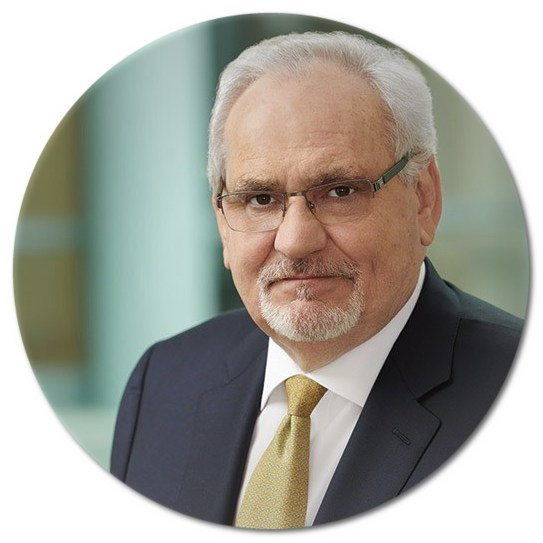

 In Energy: Support the generation and integration of 36 GW of renewable energy and 1.5 million GWh equivalent of energy savings through efficiency improvement;
In Energy: Support the generation and integration of 36 GW of renewable energy and 1.5 million GWh equivalent of energy savings through efficiency improvement;
 In Cities: Help 100 cities achieve low-carbon emissions cycles, resilient urban planning, and transit-oriented development;
In Cities: Help 100 cities achieve low-carbon emissions cycles, resilient urban planning, and transit-oriented development;
 In Food and Land-Use: Increase integrated landscape management in up to 50 countries, covering up to 120 million hectares of forests.
In Food and Land-Use: Increase integrated landscape management in up to 50 countries, covering up to 120 million hectares of forests.
At the end of last week, countries from all over the globe convened online in an unprecedented Virtual Climate Summit hosted by the Marshall Islands, leaders of the Climate Vulnerable Forum (CVF). The aim of the Summit—which aligned with the general mission of the CVF—was to raise awareness of the extent to which a couple degrees of global warming can devastate low-altitude and otherwise at-risk nations.
This “couple of degrees”—2 degrees Celsius—is not an arbitrary number, but rather the maximum net global warming (vis-à-vis preindustrial levels) permissible under the Paris Agreement of 2015. Participants in the Climate Vulnerable Forum stressed that even this 2-degree benchmark is not ambitious enough, and that any warming beyond 1.5 degrees will have deadly sea level and coral bleaching ramifications for low-lying and ocean-dependent communities.
The Virtual Climate Summit communicated these ideas through emotional documentaries, poems and call-to-action videos, live panel discussions and head of state video messages. And in addition to highlighting disproportionately affected nations, the Summit called attention to disproportionately affected strata of society, with a special focus on women and their tendency to bear the brunt of global warming effects.
The Summit was not a pessimistic event but rather a realistic one, laying out the direness of the current situation and proactively offering solutions moving forward. The Marshall Islands set the tone of the Summit by stepping up and announcing concrete plans to raise climate ambition, declaring a commitment to 100% renewable energy and zero net emissions by 2050. Fiji joined the Marshall Islands by announcing an enhanced country climate action plan by next year and the Summit welcomed similar pledges from other endangered nations looking to set a sterling example for the rest of the world.
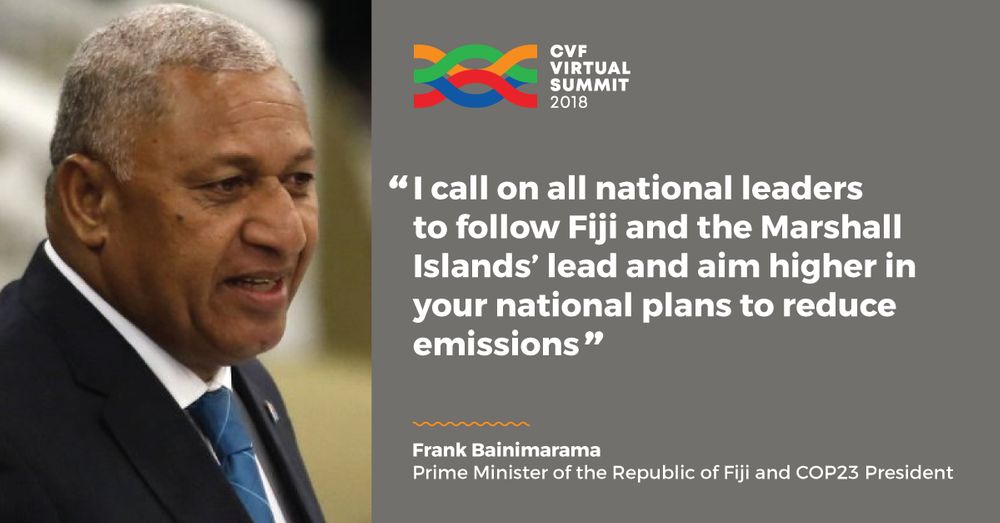
The official outcome of the Summit, particularly the “Jumemmej Declaration” will feed into the agreed mechanism to promote enhanced action by all nations party to the Paris Agreement dubbed the “Talanoa Dialogue” and sends a powerful call to arms to all leaders and non-state actors to enhance ambition by 2020. During the Summit Vanuatu also announced they may be seeking legal action against fossil fuel companies, taking the climate battle to the courts.
This event was the perfect way to set the stage for the 24th Conference of the Parties to the United Nations Framework Convention on Climate Change (COP24), which commences this week in Katowice, Poland and will continue through mid-December. COP24 is bringing together delegations to reassess the demands of global warming and to ramp up support for climate action in light of the IPCC Global Warming of 1.5 °C report, which emphasizes that current country climate action commitments are not enough. Building on the spirit of the Talanoa Dialogues, which personalized climate action through emotional story-telling and strive to raise ambition, COP24 aims to unpack a “Just Transition” for industries and economies by changing together.
The Virtual Climate Summit was an impactful reminder that even 2 degrees can be deadly, and yet the latest data suggest humanity is well on its way to 3 degrees of warming by the end of this century. COP24 will be an opportunity to take to heart the concerns laid out by the Vulnerable Climate Forum last week and redouble international commitments to the goals of the Paris Agreement.
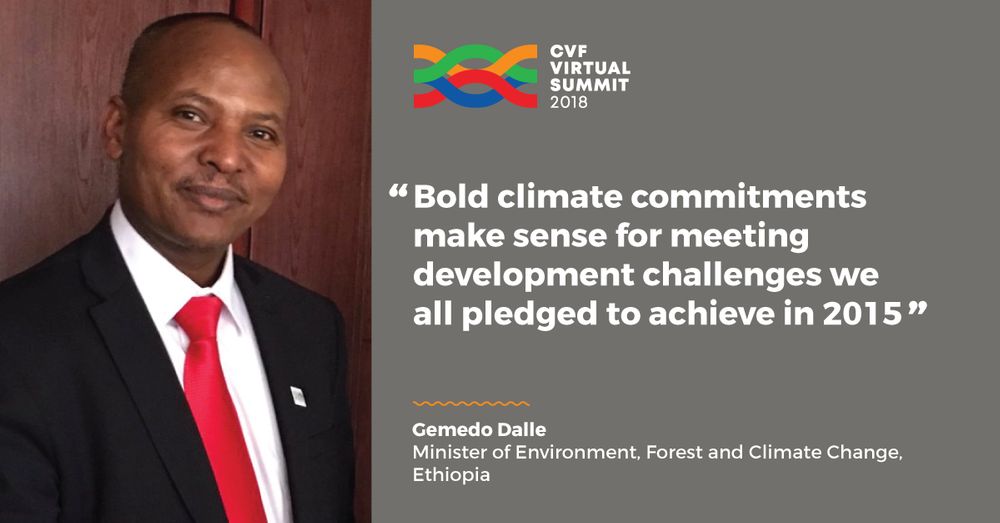
With global carbon emissions at an all-time high in 2017 according to the WMO, leaders on climate agree that it’s now or never if we as a global community need to step up to have a shot at preventing global catastrophe. The IPCC tells us we have 12 years to make the global transition, decarbonize economies by 45% by 2030 from 2010 level, while also ensuring those most affected develop resilience to increasing climate impacts. Fortunately, it’s not all bad news. Entrepreneurs and investors in the private sector have shown an eagerness to contribute to the sustainable development sphere, and pricing carbon is seeing wider and wider adoption rates, while subsidies for fossil fuels are being removed.
The message of COP24 is not that we’re doing nothing right, but rather—in line with the arguments of the Virtual Climate Summit—that we need to seize on what we are doing right and do much more of it in the years to come. This will require novel strategies, a renewed sense of urgency, and wide-ranging teamwork, all of which are attainable if we keep our eyes on a brighter future.
Connect4Climate will be at COP24 from 3-14 December. Follow the daily Facebook live broadcasts from the Joint MDB Pavilion and look out for our call-to-action videos. Join the discussion, we are stepping up climate action.
Banner and thumbnail photo credits to the Climate Vulnerable Forum
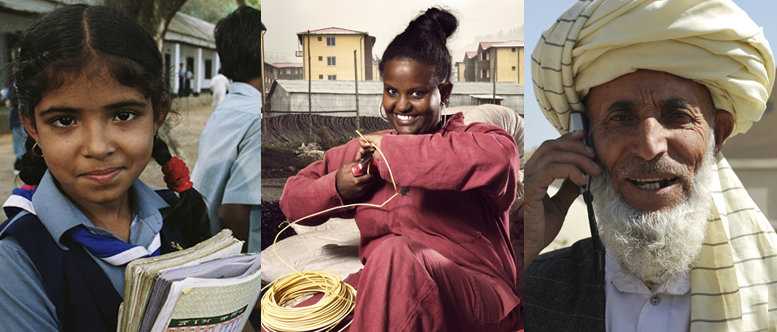
Established in 2013, the Youth Summit is an annual event held by the World Bank Group (WBG) to engage with youth globally on the most pressing topics facing their generation.
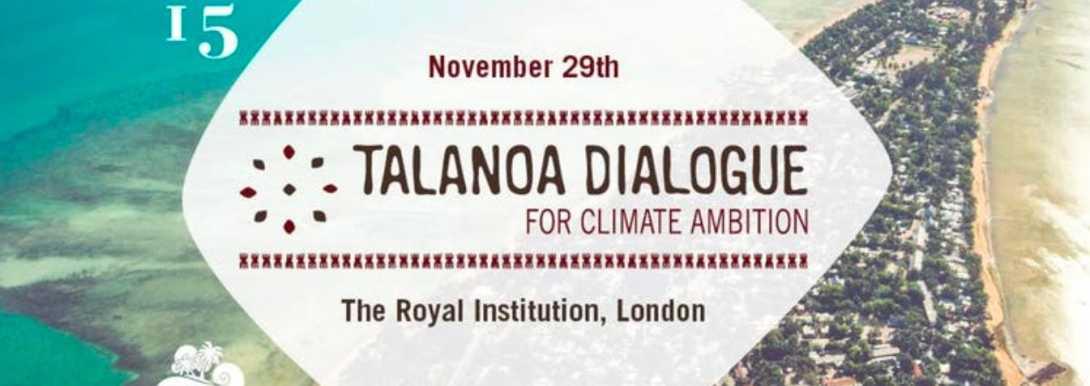
The Talanoa Dialogue's purpose is to share stories, build empathy, and help leaders make wise decisions for the collective good. Join The Fijian Prime Minister - President of the COP23 Talks - for a London edition of the “Talanoa Talks”. On 29 November, on the eve of the world convening for major climate talks in Poland - COP24 - extraordinary speakers from all over the world will share their stories and discuss the way forward at the most pivotal time yet.
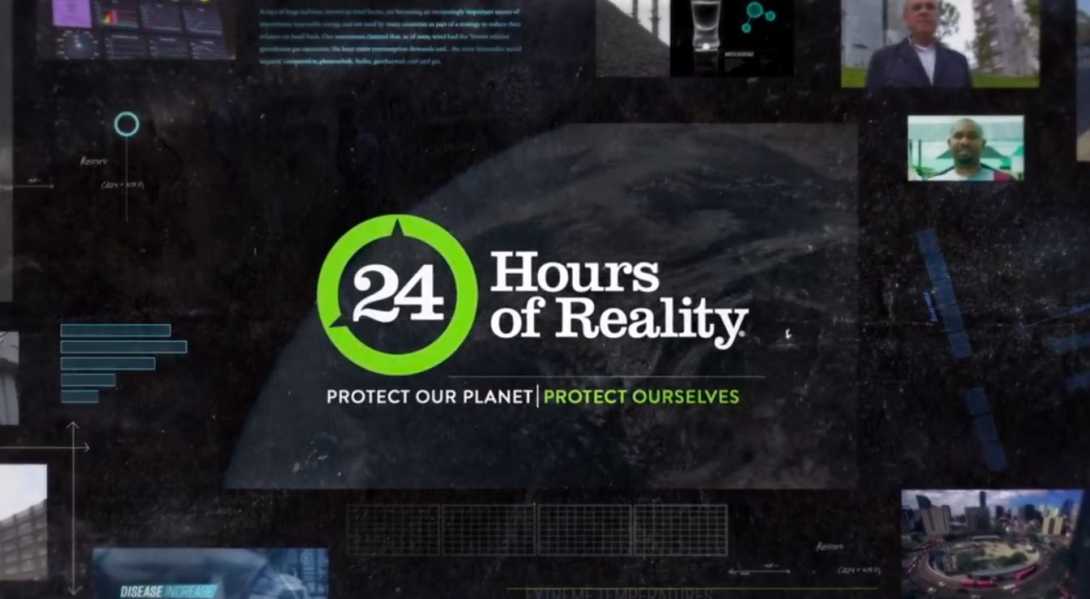
Every year, we’re lucky to be joined by a long list of thought leaders, policymakers, business innovators, TV, film and music stars, scientists, and on-the-ground climate activists for our annual global broadcast of 24 Hours of Reality.
This year’s show will be no different. We’re still confirming many of the guests who will join former US Vice President Al Gore during the 24 straight hours we’re broadcasting live from Los Angeles, from 6 PM PST on December 3 through 6 PM PST on December 4. But we’re excited to announce that some of our absolute favorites are set to join us for 24 Hours of Reality: Protect Our Planet, Protect Ourselves – and they’re jumping in the ring to help us make sure you join in too!
Read on to see who’s going the extra mile – and be sure to share their exciting messages of support on Facebook by simply clicking the share button below each video.
Bill Nye
Bill Nye “the Science Guy” and Climate Reality go way back. Like, way, way back.
More than seven long years ago, Nye was kind enough to narrate an informative short film for us on the basics of climate change, and he’s joined Climate Reality Founder and Chairman Al Gore for previous iterations of our signature broadcast. The popular mechanical engineer-turned-science communicator and television star will return once again for this year’s 24 Hours of Reality: Protect Our Planet, Protect Ourselves.
Nye has been particularly outspoken on the climate crisis – and its solutions. He’s even dedicated entire episodes of his hit science-centered Netflix show, Bill Nye Saves the World, to the topic, earning an Emmy nomination along the way for a season-one episode titled “Earth Is a Hot Mess.”
Jaden Smith
Getting young people engaged in the fight against climate change is vital. After all, they’re the ones who will be on the front lines as this crisis evolves. And rapper and actor Jaden Smith knows it.
The 20-year-old socially conscious superstar is also an outspoken climate activist. He has called Vice President Gore his “inspiration,” and makes smart use of his millions (and millions and millions) of social media connections to inform young people about our warming world – as well as the solutions with which we can fight back.
Jonathan Scott
Jonathan Scott long has been one of Climate Reality’s most vocal supporters. Despite being one of the busiest guys we know – what with his multiple popular HGTV shows, books, and branded products – he always makes time to talk about climate solutions. And given his famed background in contracting, as well as his experience fighting anti-solar legislation in his now-home state of Nevada, who better to hear from.
Scott has joined us for 24 Hours of Reality in the past, and even hosted several hours of previous broadcasts. Why? We’ll let him explain:
“I love the fact that we’re showcasing that this is not just a US problem, this is not just a Canadian problem or a Chinese problem or an Indian problem – this is a global problem. And it’s also something that will have a global solution. You know, there’s going to always be infighting between governments, and there’s going to be disputes over approaches to these solutions. But at the end of the day, I would like to think that as human beings we all have one goal, and it would be that we have a safe future for the generations to come. I would like to think that’s a goal we all have in common.”
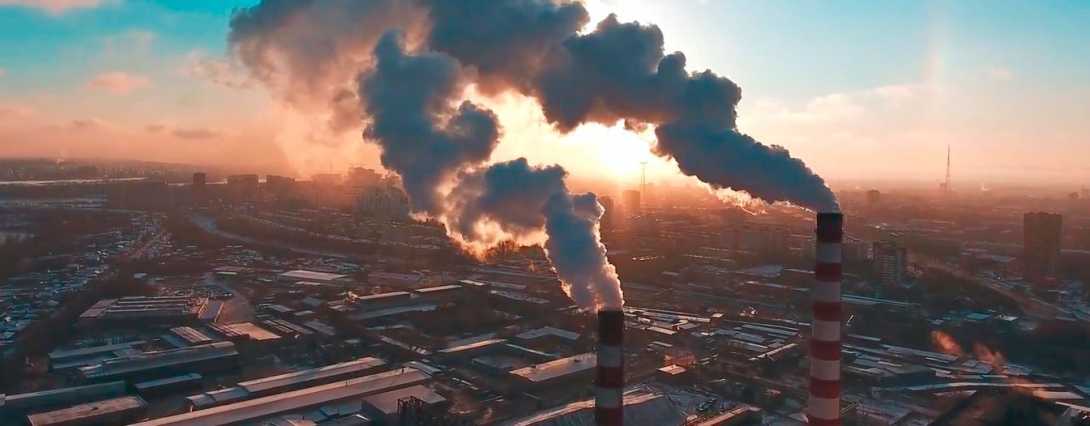

 It is still possible to keep global warming below 2°C, but the technical feasibility of bridging the 1.5°C gap is dwindling.
It is still possible to keep global warming below 2°C, but the technical feasibility of bridging the 1.5°C gap is dwindling.

 Global CO2 emissions increased in 2017, after three years of stabilization.
Global CO2 emissions increased in 2017, after three years of stabilization.

 If the emissions gap is not closed by 2030, it is extremely unlikely that the 2°C temperature goal will remain in reach.
If the emissions gap is not closed by 2030, it is extremely unlikely that the 2°C temperature goal will remain in reach.

Global emissions are on the rise as national commitments to combat climate change come up short. But surging momentum from the private sector and untapped potential from innovation and green financing offer means of bridging the "emissions gap" between current projections of 2030 emission levels and levels consistent with a 2°C / 1.5°C warming target. Those findings, along with a sweeping review of climate action and the latest measurements of global emissions, were presented by authors of UN Environment's 2018 Emissions Gap Report during a recent launch event.
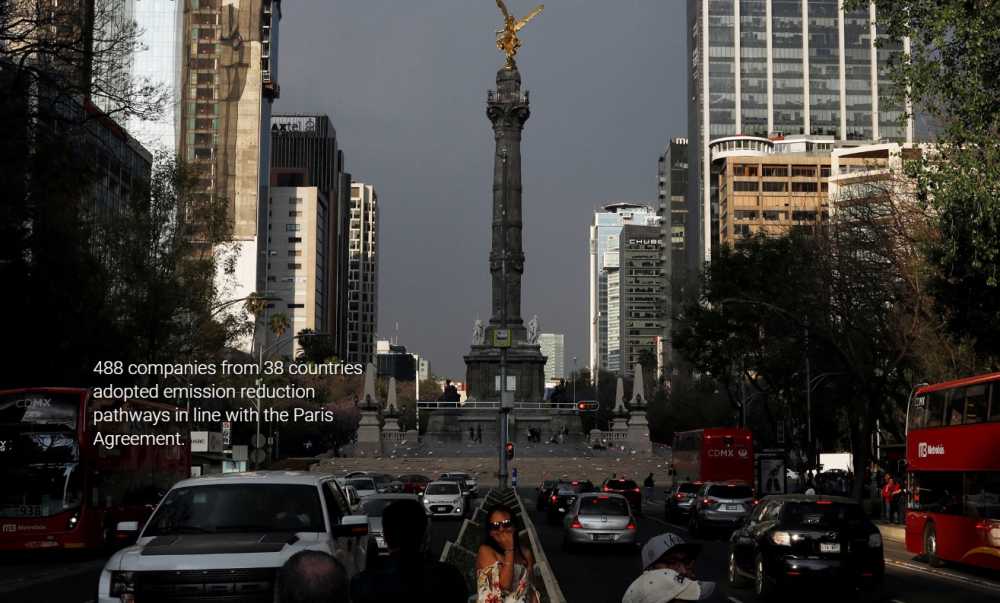
The findings presented offer the latest accounting of national mitigation efforts and the ambitions countries have presented in their Nationally Determined Contributions, which form the foundation of the Paris Agreement.
This evidence, outlined just days before the start of the 24th Conference of the Parties to the United Nations Framework Convention on Climate Change (COP24), reveals that global emissions have reached historic levels of 53.5 gigatonnes of carbon dioxide equivalent (GtCO2e), with no peak in sight. Authors assessed that only 57 countries (representing 60 percent of global emissions) are on track for 2030.
That analysis and a review of progress against national commitments under the Paris Agreement makes clear that the current pace of national action is insufficient to meet the Paris targets. Increased emissions and lagging action mean the gap number in this year’s report is larger than ever. The authors conclude nations must raise their ambition by 3x to meet the 2°C target and 5x to meet the 1.5°C target.
“If the IPCC report represented a global fire alarm, this report is the arson investigation,” said UN Environment Deputy Executive Director Joyce Msuya. “The science is clear. For all the ambitious climate action we’ve seen, governments need to move faster and with greater urgency. We’re feeding this fire while the means to extinguish it are within reach.”
A continuation of current trends will likely result in global warming of around 3°C by the end of the century, with continued temperature rises after that, according to the report.
While the authors highlight that there is still a possibility for bridging the emissions gap and keeping global warming below 2°C, the assessment issues a clear warning: The kind of drastic, large-scale action we urgently need has yet to been seen, and time is running out.
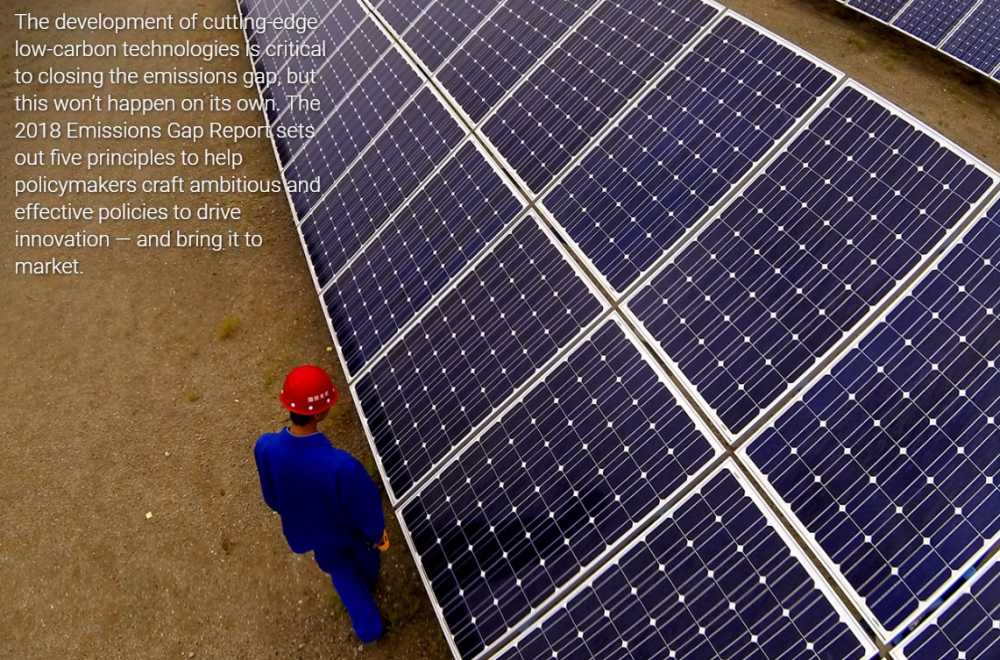
To fill this void, the 2018 Emissions Gap Report offers new insight into what meaningful climate action will look like. Through new analysis of global emissions in the context of fiscal policymaking and the current pace of innovation, as well as an exhaustive review of climate action from the private sector and subnational level, authors offered a roadmap for implementing the type of transformative action required to harness the potential in each of these sectors.
Ranging from city, state and regional governments to companies, investors, higher education institutions and civil society organizations, non-state actors are increasingly committing to bold climate action. These institutions will be invaluable contributors in the push to reach global emissions goals. Although estimates on the emission reduction potential vary widely, some mention 19 GtCO2e by 2030. This is enough to close the 2°C gap.
If complemented by carefully designed national fiscal policy, the work of these actors could pack an even greater punch.
“When governments embrace fiscal policy measures to subsidize low-emission alternatives and tax fossil fuels, they can stimulate the right investments in the energy sector and significantly reduce carbon emissions,” said Jian Liu, UN Environment’s Chief Scientist. “Thankfully, the potential of using fiscal policy as an incentive is increasingly recognized, with 51 carbon pricing initiatives now in place or scheduled, covering roughly 15 percent of global emissions. If all fossil fuel subsidies were phased out, global carbon emissions could be reduced by up to 10 percent by 2030. Setting the right carbon price is also essential. At the US $70 per ton of CO2, emission reductions of up to 40 percent are possible in some countries.”
These established strategies become even more effective when policymakers embrace innovative solutions. Authors outlined five key principles that should be considered to accelerate low-carbon innovation: risk acceptance, commercial scalability, holistic economic alignment, mission-oriented approaches, and a long-term horizon to increase financial uptake.
The ninth Emissions Gap Report was prepared by an international team of leading scientists, assessing all available information, including that published in the context of the IPCC Special Report as well as in other recent scientific studies.




